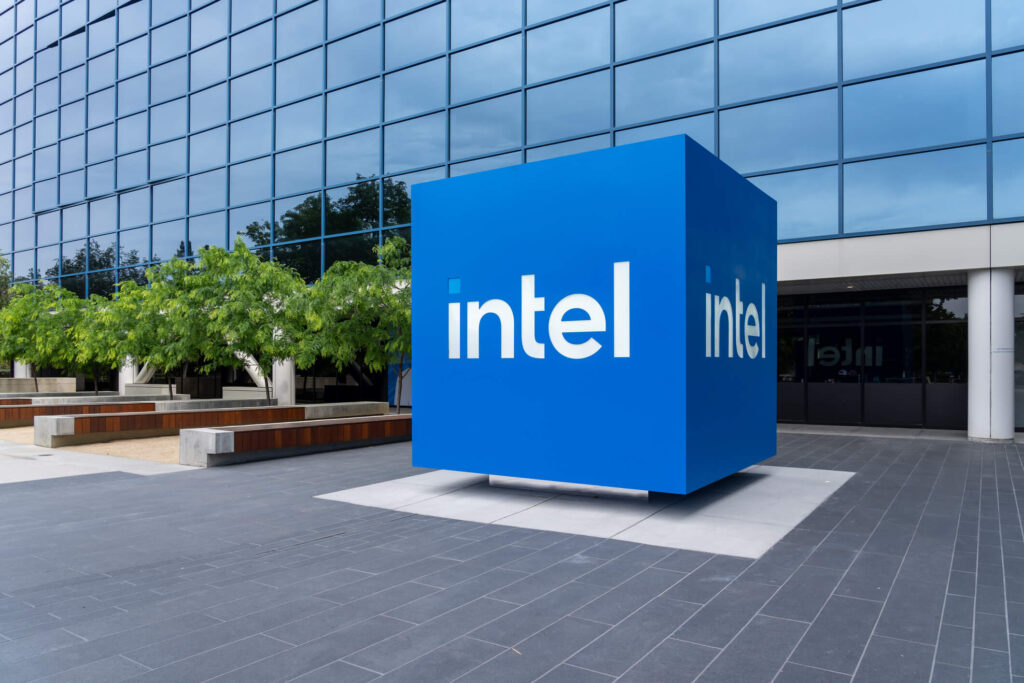If you’re a long-tenured “blue badge” Intel employee facing a career transition, whether through early retirement, a layoff, or a voluntary sabbatical, you’re not alone. Many tech professionals like you are navigating this moment with questions about severance, retirement eligibility, and what comes next.
This guide is built for you. We’ll walk through Intel-specific benefits, planning strategies, and how to make the most of your next chapter, both financially and emotionally.
Navigating Intel Retirement Plans
Intel offers a robust 401(k) plan with generous matching and true-up contributions. But what happens when you leave?
Key Considerations:
- Capture Intel’s final match before rolling over
- Evaluate Roth vs. Traditional rollover options
Tax Optimization Tips:
- Avoid early withdrawal penalties
- Use a rollover IRA to maintain tax deferral
- Plan distributions to minimize tax spikes in retirement
Don’t Forget Your Flexible Spending Account (FSA)
If you’ve contributed to a Healthcare FSA or similar account, it’s critical to use those funds before your last day at Intel.
Why It Matters:
- FSA funds do not roll over year to year
- You may lose any unused balance upon separation
- Eligible expenses must be incurred before your final day of employment
| Pro Tip: Schedule medical, dental, or vision appointments now to use up your FSA balance before it disappears. |
Understanding Intel’s Rule of 75
The Rule of 75 is a key milestone for Intel employees considering retirement. If your age plus years of service equals 75 or more, you may qualify for enhanced retirement benefits.
What It Means:
- You may be eligible for retiree medical credits ($1,500/year)
- You can access SERMA (Supplemental Executive Retirement Medical Account)
- You may qualify for Intel-paid COBRA continuation
| Planning Tip: If you’re close to the Rule of 75, delaying your departure by even a few months could unlock significant long-term benefits. |
Severance Packages at Intel
Intel’s severance packages vary by role and tenure, but typically include:
- Lump sum or salary continuation
- Payout of unused vacation
- COBRA coverage (Intel-paid for those under 63.5)
Cash Flow Strategy:
- Model your severance against your monthly expenses
- Consider tax withholding on lump sums
- Use severance to bridge to your next role or retirement
Intel Sabbaticals: How to Plan Your Time & Finances
Intel’s sabbatical program is one of the most generous in the industry. But if you’re facing a layoff or early retirement, you may be wondering how it fits in.
Policy Overview:
- Eligible after 7 years of service
- 8 weeks paid leave (or 4 weeks after 4 years)
- Must be used before separation or it may be forfeited
A Savvy Sabbatical Strategy:
- Use sabbatical before accepting a package, if possible
- Coordinate with PTO to maximize payout
- Treat it as a “test retirement” to evaluate your next move
Your Intel RSUs & ESPP After You Leave
Equity compensation is a major part of Intel’s total rewards, but it can be confusing during a transition.
What to Know:
- RSUs: Unvested shares are generally forfeited at separation; vested shares may be sold or held.
Learn more about RSUs in our guide: RSUs 101: A Tech Professional’s Guide to Equity, Tax Strategy, and Financial Planning. - ESPP: Shares purchased at a discount may be subject to tax on sale
Avoid These Common Mistakes:
- Missing the 90-day window to exercise stock options
- Triggering short-term capital gains by selling RSUs too soon
Finding Support After You Leave Intel
You don’t have to navigate a major transition alone. A trusted financial advisor can help you build a plan for both short-term stability and long-term success.
Where to Start:
- Talk to a fiduciary advisor who understands Intel’s benefits package
- Lean on your personal network: mentors, peers, family
- Update your LinkedIn, GitHub, and resume
- Join IAN (the Intel Alumni Network) for community and connections
How Mercer Advisors Supports Intel Professionals
We’ve helped many Intel employees navigate career transitions, whether voluntary or involuntary. Our team understands Intel’s benefits to give you an even more personalized wealth strategy.
Specialized Services for Intel Professionals:
- Equity Compensation Strategy: Optimize RSU vesting, ESPP participation, and diversification
- 401(k) & HSA Maximization: Max out Intel match, evaluate Roth vs. traditional, invest HSA funds
- Sabbatical & Leave Planning: Strategically plan sabbatical use or banking
- Rule of 75 Readiness Check: Track progress toward early retirement eligibility
- Retiree Medical Credit Forecasting: Project credits and model healthcare costs
- Tax-Efficient RSU Liquidation: Plan sales around tax brackets and long-term gains
- Tax Strategy & Philanthropic Planning: Use lump sum severance as an opportunity to reduce your tax burden and fund long-term charitable giving through donor-advised funds
- Career Contingency Planning: Build a financial cushion and timeline for transitions
- Values-Aligned Investment Strategy: Align portfolios with ESG goals and Intel’s culture
- Intel Benefit Integration: Coordinate all benefits into a unified financial plan
Talk to a Team That Knows the Intel System
You’ve built a career at Intel. Now it’s time to build a plan for what’s next. Schedule a free consultation with our team to get connected to a fiduciary advisor who understands Intel’s compensation, benefits, and retirement systems.





